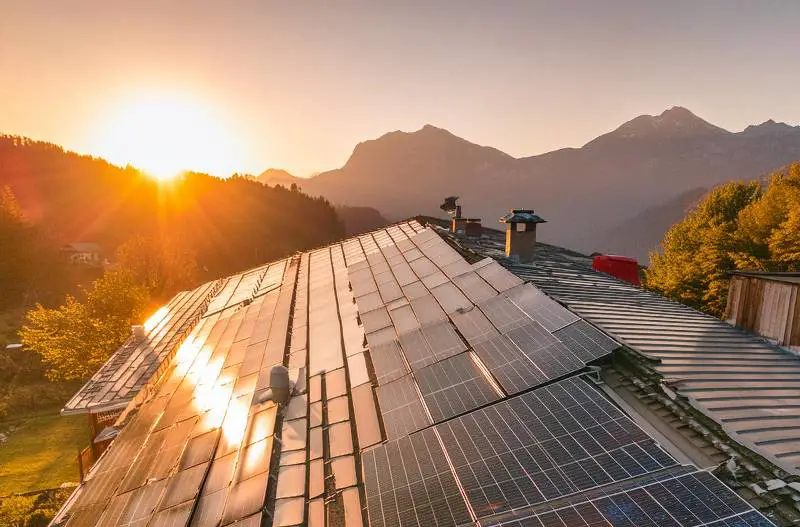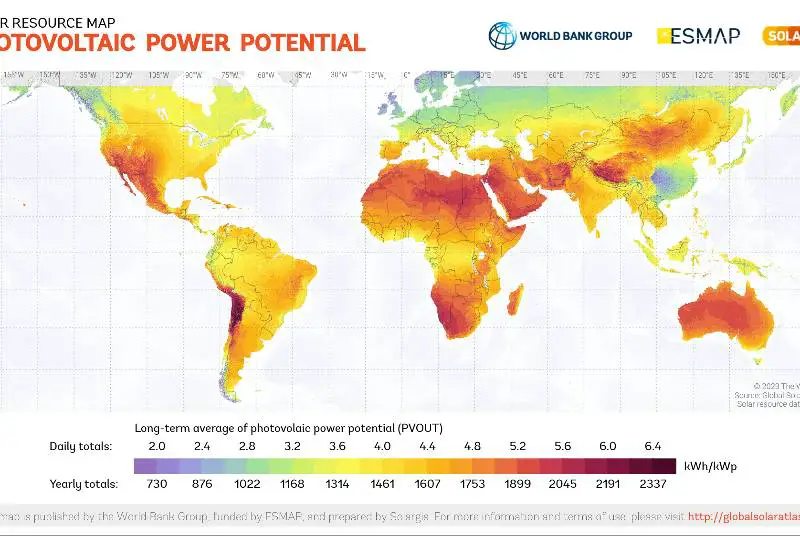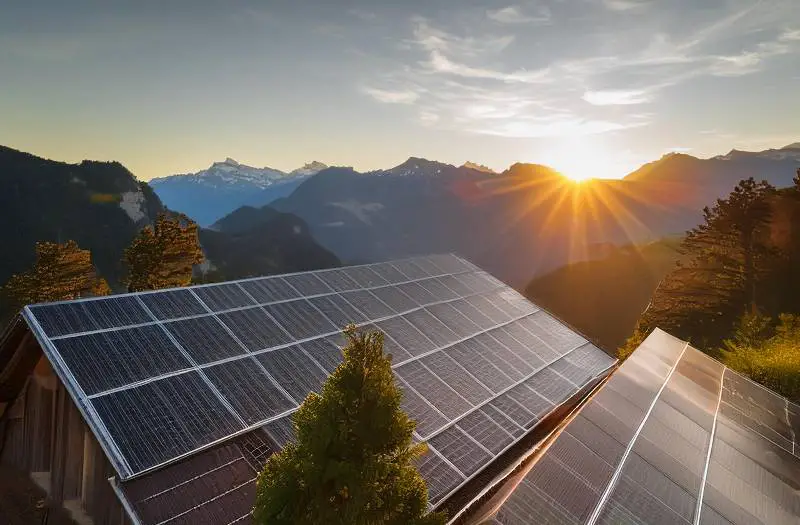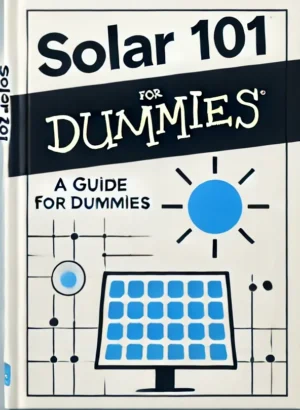What Is a Solar Panel’s Azimuth Angle?
The solar panel azimuth angle refers to the direction your solar panel faces horizontally and is measured in degrees from true north.
So, if your solar panel is facing directly toward true north, it has an azimuth angle of 0 degrees. Facing directly south would be 180 degrees.
The Difference Between Solar Panel Tilt and Azimuth Angles
The tilt and azimuth angles of solar panels are both vital for capturing the maximum amount of solar energy, but they refer to different orientations.
The tilt angle concerns the vertical orientation—the angle at which the panels are pointed up from the horizontal surface.
This angle helps the panels capture the most solar energy throughout the year as the sun’s position changes.
In contrast, the azimuth angle deals with the horizontal orientation. It points the panels towards the direction where they can receive the most direct sunlight during peak sun hours.
For example, consider a home in the northern hemisphere with a roof sloping east to west. The ideal azimuth would typically be 180 degrees (south-facing).
However, the optimal tilt angle would depend on your latitude; generally, matching the tilt angle to your latitude is a good starting point.
Adjustments can be made seasonally (tilting more steeply in winter and less in summer) to accommodate the sun’s higher or lower path across the sky.
What Is Magnetic Declination?
Magnetic declination is the angle between magnetic north (the direction your compass points) and true north.
This is a critical factor because magnetic north is not a fixed point; it shifts due to changes in the Earth’s magnetic field.
Consequently, the magnetic declination at any given location also changes over time.
When you’re trying to align something according to the Earth’s geographical features rather than its magnetic field (like when setting up solar panels), you need to account for this declination.
If you set your solar panels based on where your compass points, without adjusting for declination, they won’t be optimally aligned for solar collection.
The Difference Between True Azimuth and Magnetic Azimuth
Understanding the difference between true azimuth and magnetic azimuth is important for correctly positioning solar panels.
True azimuth is measured using the geographical poles as reference points (true north and south), whereas magnetic azimuth is measured using the Earth’s magnetic poles.
Let’s clarify how this works: If you’re using a compass to determine the direction in which your solar panels are facing, and the magnetic declination in your area is +5 degrees (meaning magnetic north is 5 degrees east of true north), here’s how the reading would likely play out:
- True South Alignment: If you want your panels to face true south (180 degrees true azimuth), you would naturally aim to align them toward what you perceive as due south.
- Compass Reading: However, because your compass aligns with magnetic north instead of true north, it might initially read slightly differently. If you directly face south according to the compass, it may read around 175 degrees rather than 180. This happens because magnetic south (which is what the compass aligns with when facing south) is 5 degrees west of true south due to the +5 degrees east magnetic declination.
- Adjusting the Reading: To align your panels precisely to true south (180 degrees true azimuth), you would need to adjust the compass so that it reads 185 degrees. This compensates for the eastward shift in magnetic north, effectively swinging the azimuth back 5 degrees eastward to point towards true south.
So, if your compass shows 185 degrees, that accounts for the +5 degrees magnetic declination, meaning your solar panels are now correctly aligned to true south.
The Importance of Choosing the Best Solar Panel Azimuth Angle
Maximize Solar Energy Capture
The primary goal of adjusting the azimuth angle is to capture the most sunlight possible during peak solar hours, which are when the sun is strongest and most direct, typically between 11 AM and 4 PM.
For most locations in the northern hemisphere, this means orienting panels true south.
However, if there are obstacles such as buildings or trees that might block sunlight at this orientation, slight adjustments might be necessary to sidestep these barriers and catch as much sun as possible.
Enhance Energy Production Efficiency
By optimizing the azimuth angle, you ensure that your solar panels operate at their peak efficiency.
Even small deviations from the optimal angle can lead to significant reductions in energy production.
For instance, a solar panel that is misaligned by 15 degrees from its ideal azimuth might lose more than 3% of its potential energy output.
Over the lifespan of the panel, this loss can add up, resulting in a substantial decrease in the total energy produced and, consequently, a higher cost per watt of solar energy generated.
Long-term Reliability and Performance
Aligning solar panels with the best azimuth angle can improve the long-term reliability and performance of your solar system.
Panels that are optimized for maximum sun exposure tend to experience more uniform heating and cooling cycles, which can minimize the stress on the materials and potentially extend the lifespan of the solar array.
Last Words
By understanding and correctly applying the concepts of azimuth angle, magnetic declination, and the differences between azimuth and tilt, you can significantly enhance the efficiency of your solar panel setup.
This knowledge ensures that your panels are not only facing the right direction but also angled correctly to capture the maximum amount of solar energy throughout the year.
Join our solar microdosing newsletter and get bite-sized, easy-to-understand insights into the world of solar energy.
From how solar panels work to building your own DIY solar system, we’ve got you covered.





